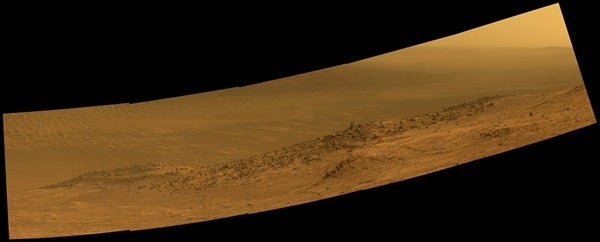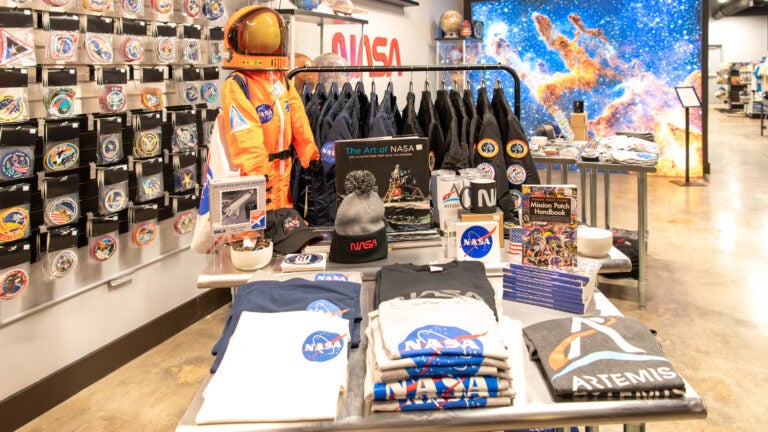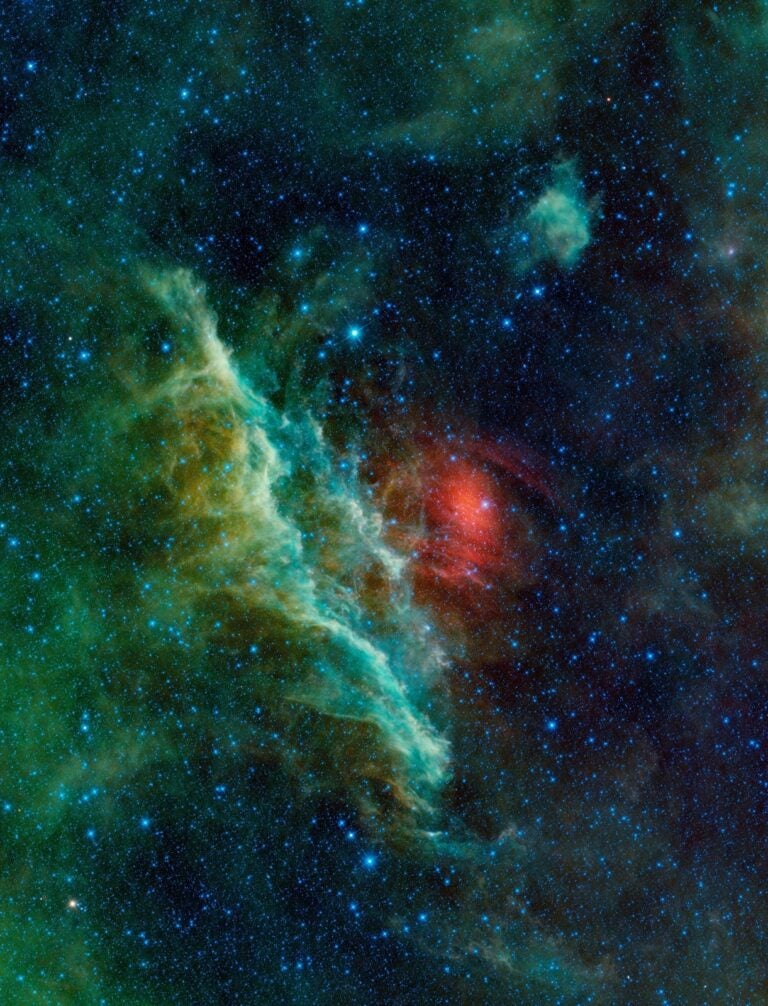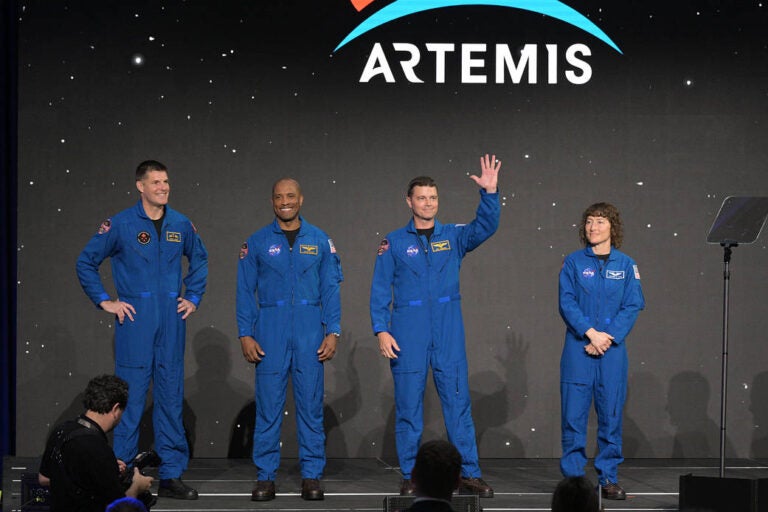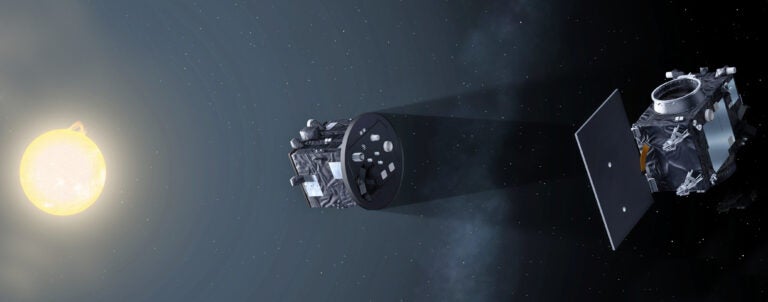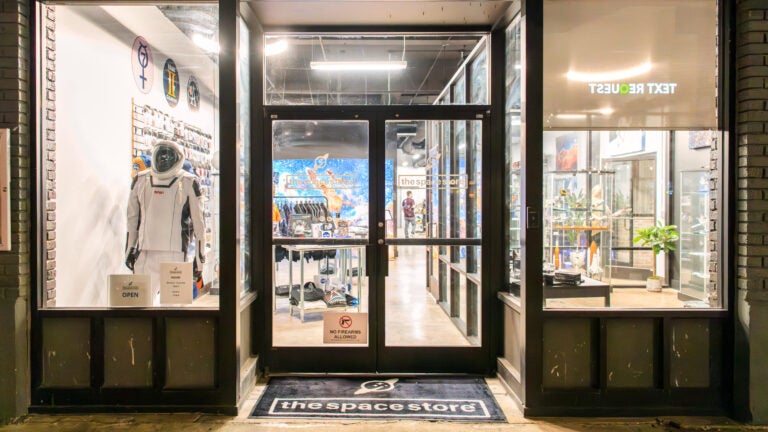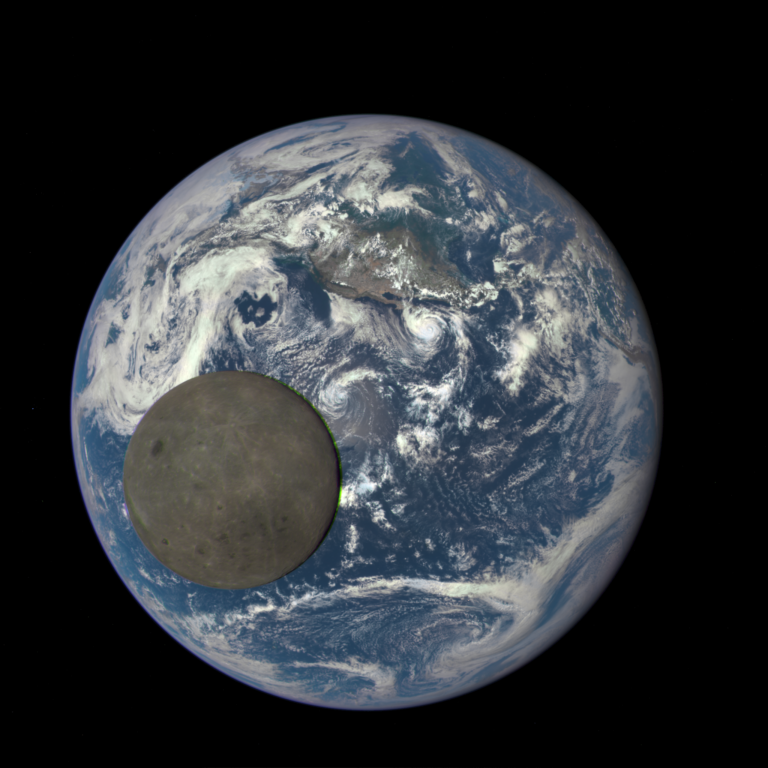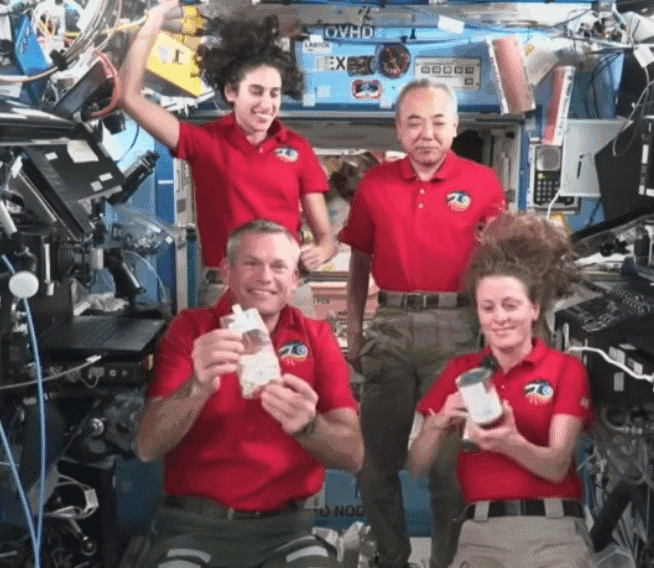NASA’s Opportunity Mars rover will do what no other rover has done before: drive down a gully created by a fluid that could have been water.
The rover will also visit the interior of the Endeavour Crater as a part of a two-year extended mission.
Opportunity was launched in July of 2003 for a mission that was to last 90 Martian days, or 92.4 Earth days. It landed on Mars in January of 2004.
Opportunity’s latest extended mission was in the “Bitterroot Valley,” a portion on the western rim of the Endeavour Crater. After seven years investigating, the rover finally reached the edge of the crater in 2011 and had discovered evidence of acidic ancient water.
Opportunity Principal Investigator Steve Squyres of Cornell University, Ithaca, New York said in a press release they are confident that water was involved in carving out this gully.
“Fluid-carved gullies on Mars have been seen from orbit since the 1970s, but none had been examined up close on the surface before,” Squyres said in the press release. “One of the three main objectives of our new mission extension is to investigate this gully. We hope to learn whether the fluid was a debris flow, with lots of rubble lubricated by water, or a flow with mostly water and less other material.”
After exploring the gully, its other goal is to compare rocks inside the crater to the rocks on the plains. The third goal is to find and examine rocks from a geological layer that existed before the Endeavour Crater, though scientists are not sure if the area will have rocks old enough.
Opportunity, Curiosity, three NASA Mars orbiters, and surface missions launching in 2018 and 2020 are all in preparation to hopefully send humans to Mars in the 2030’s.

